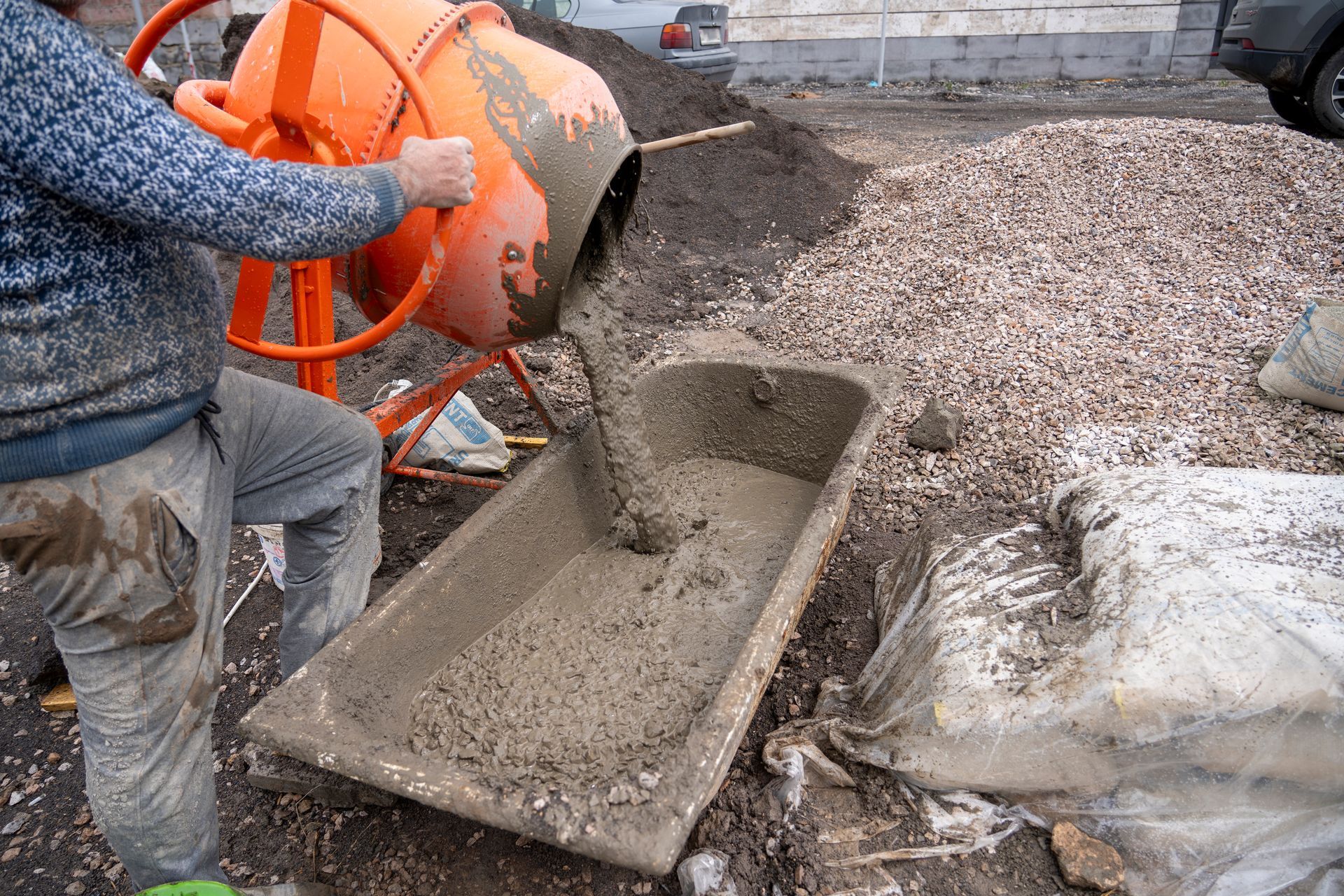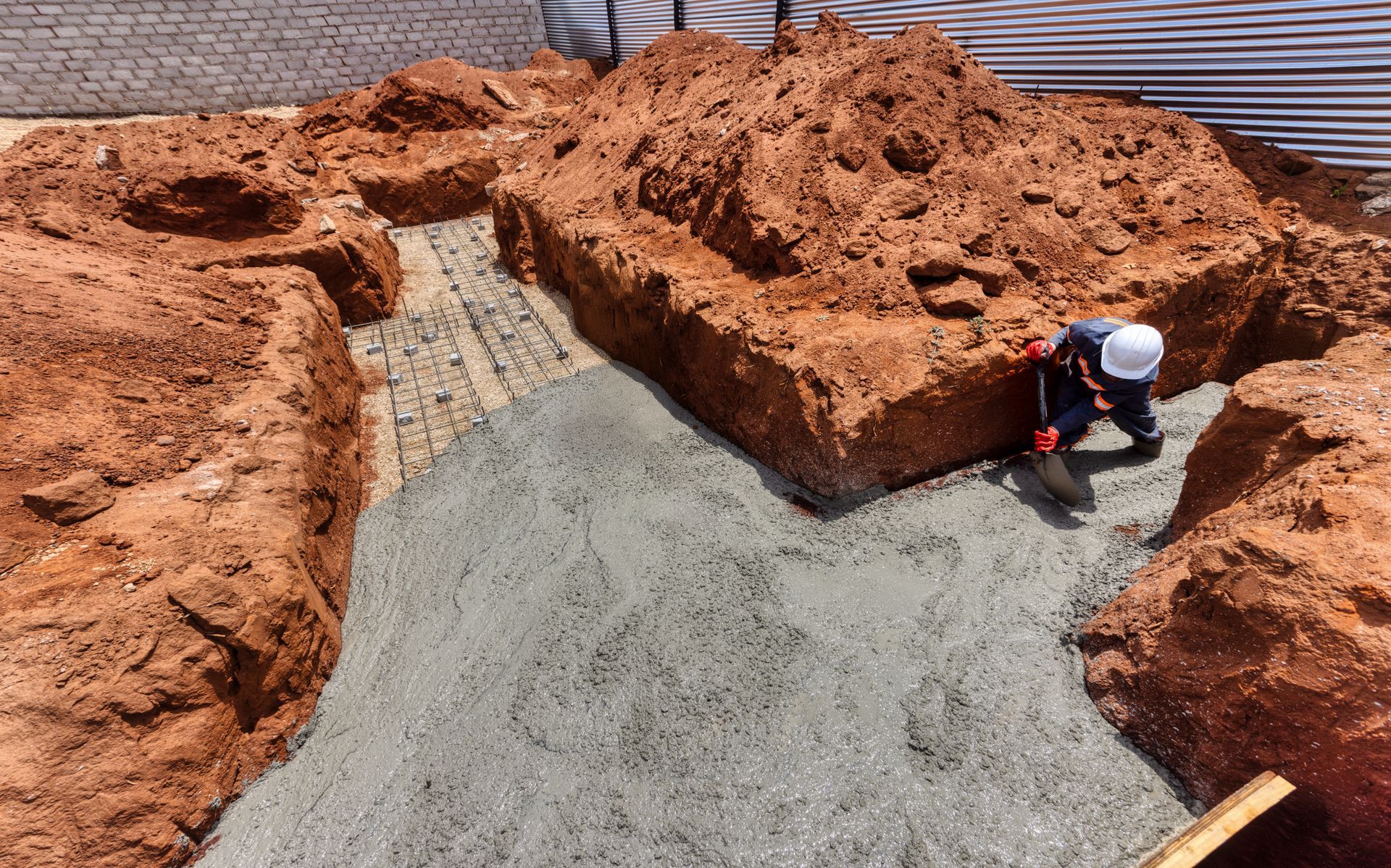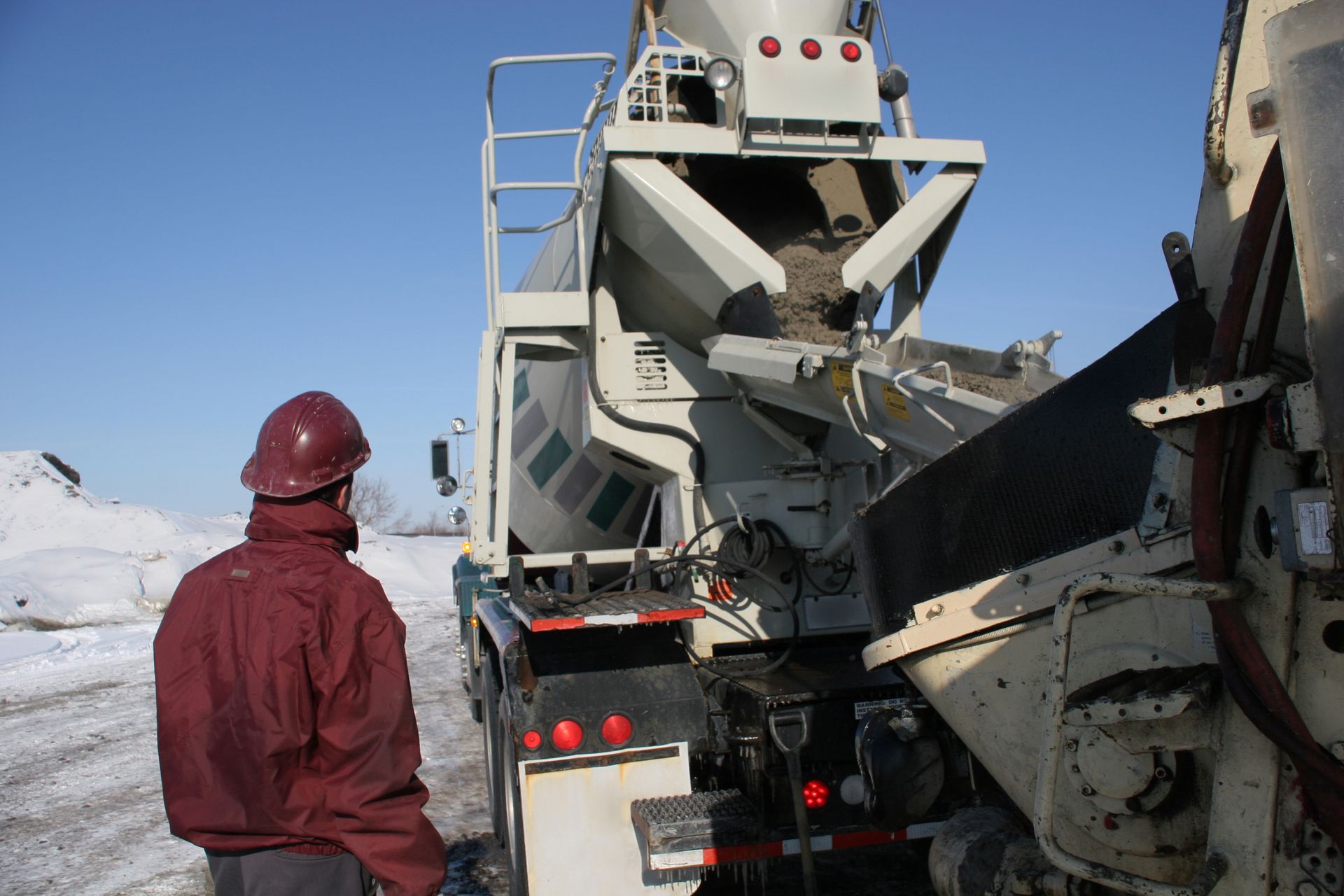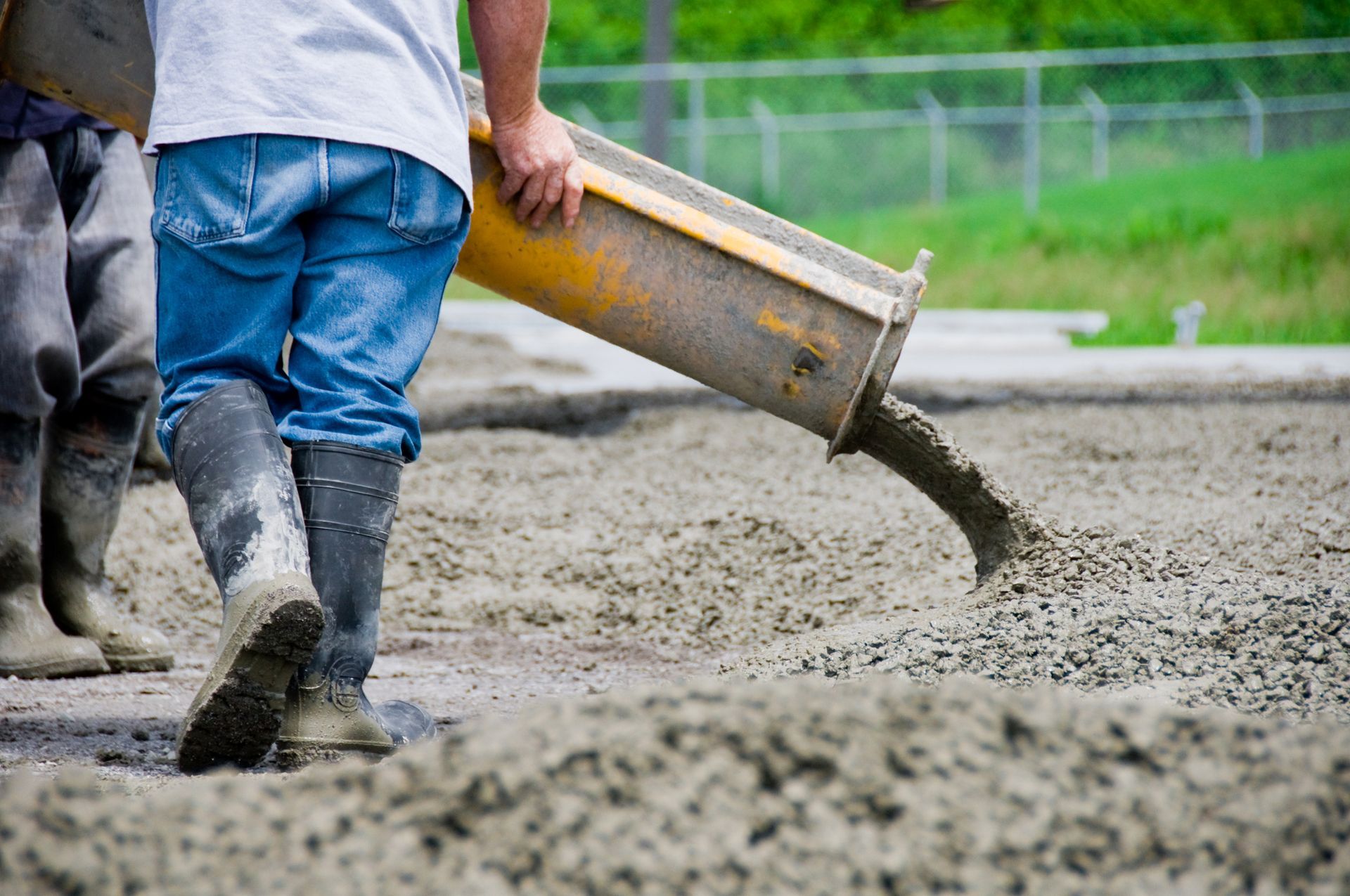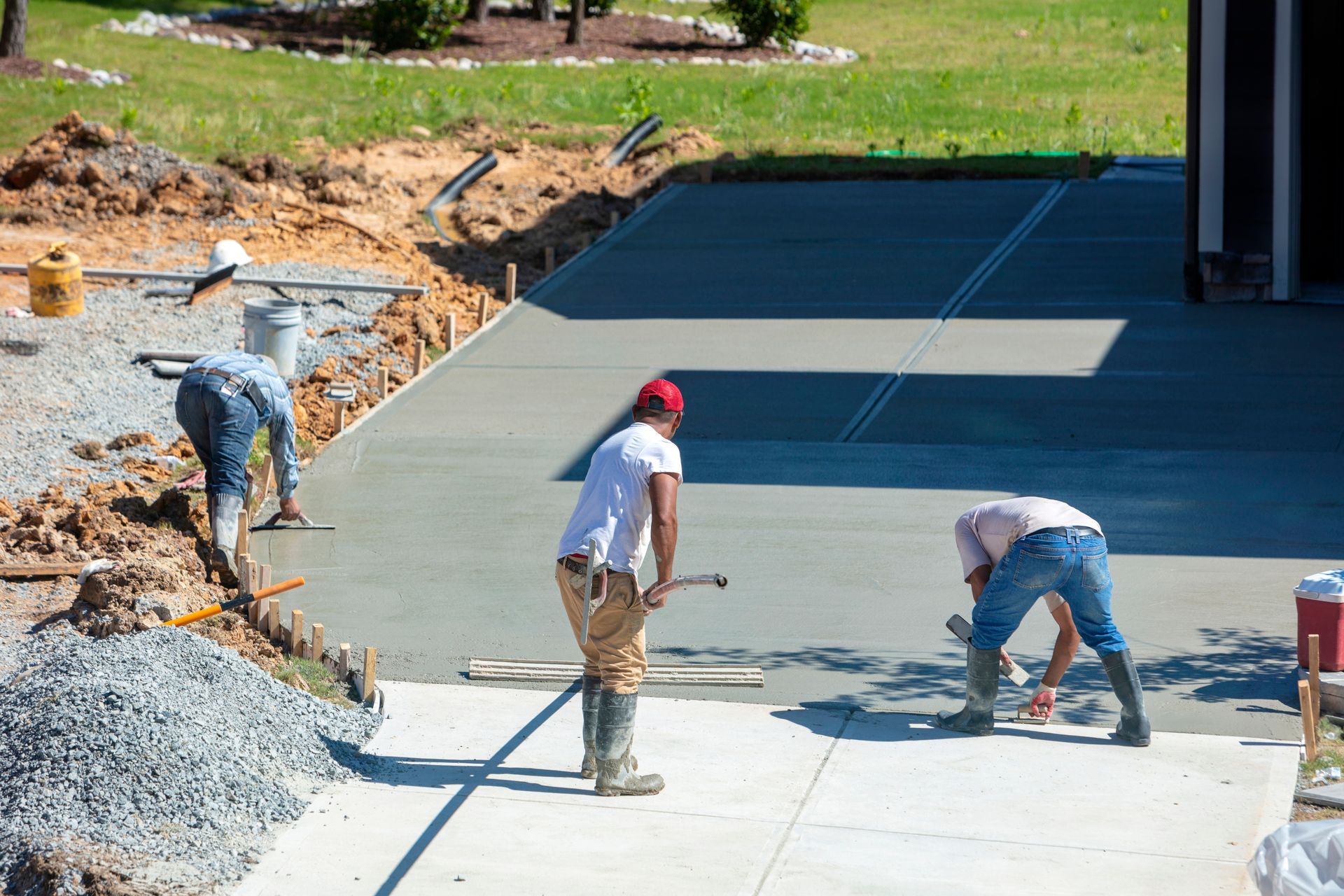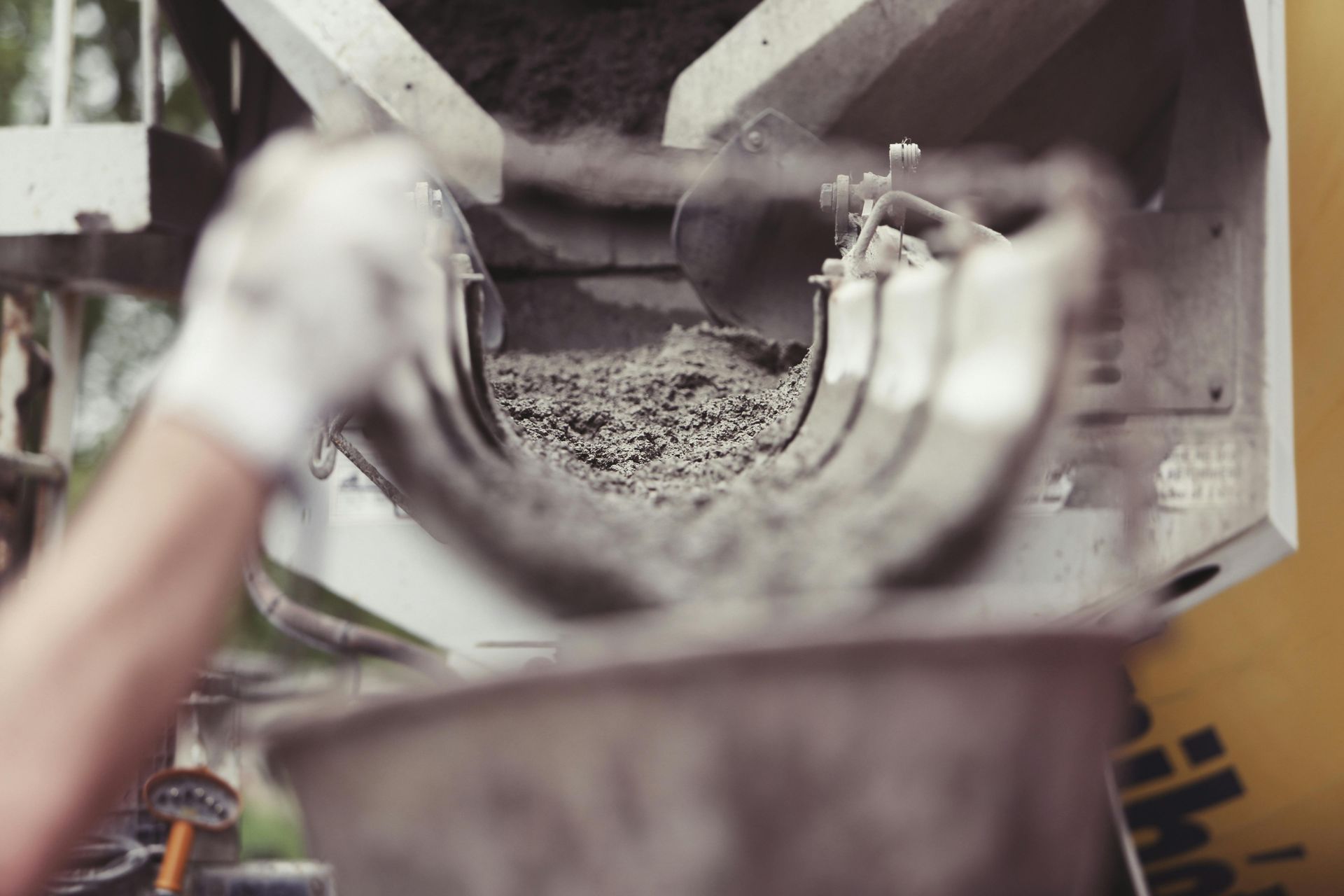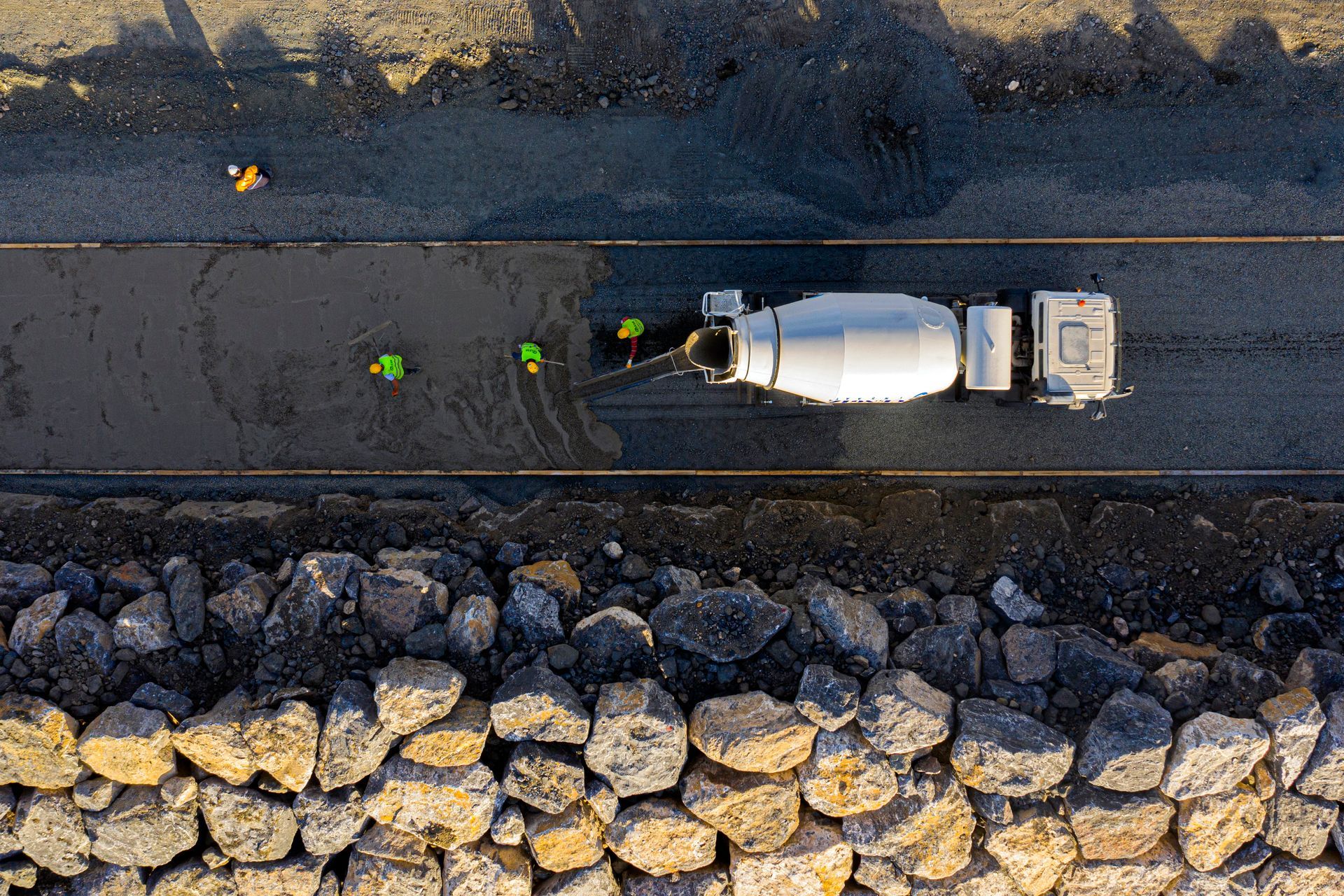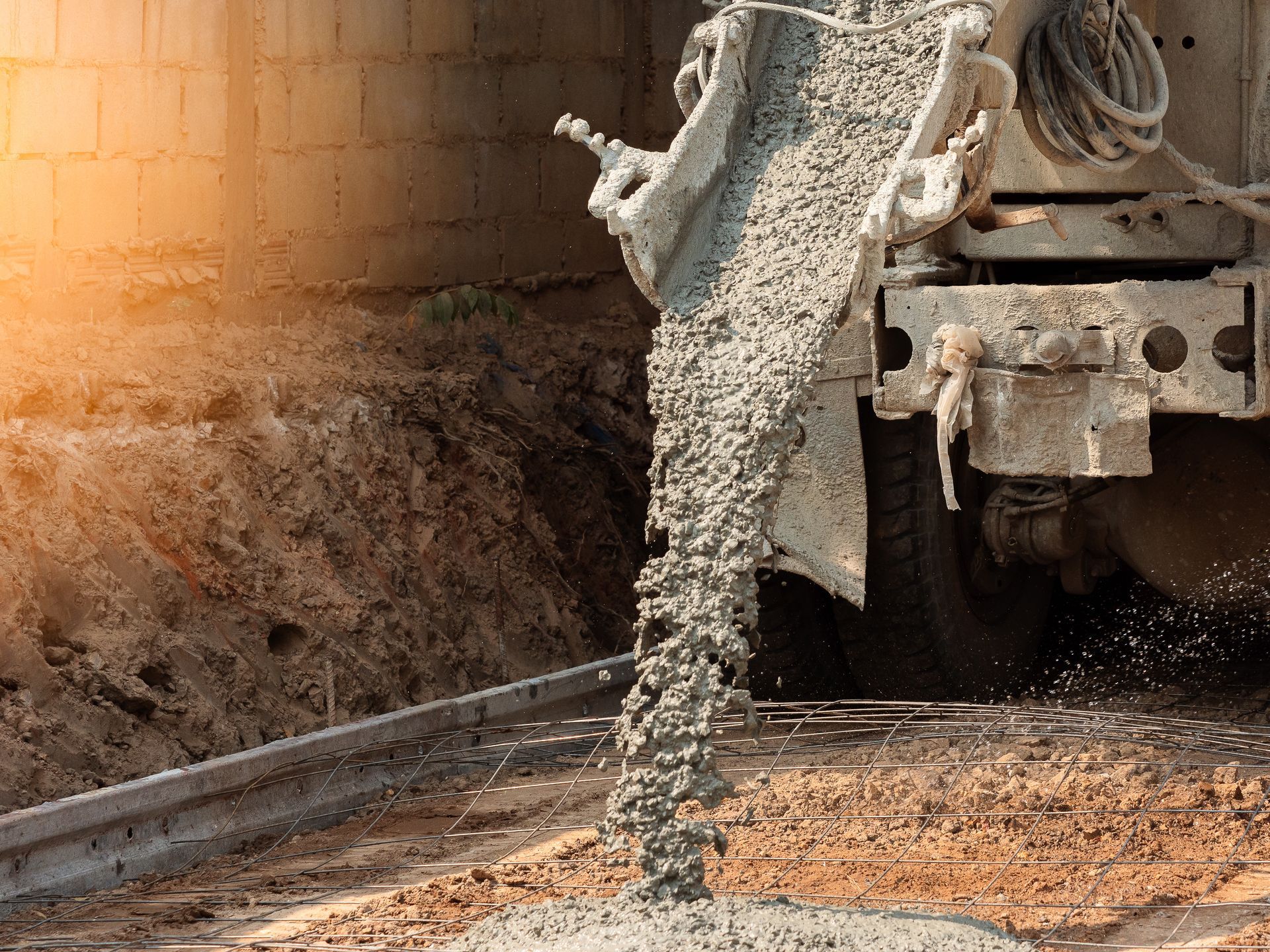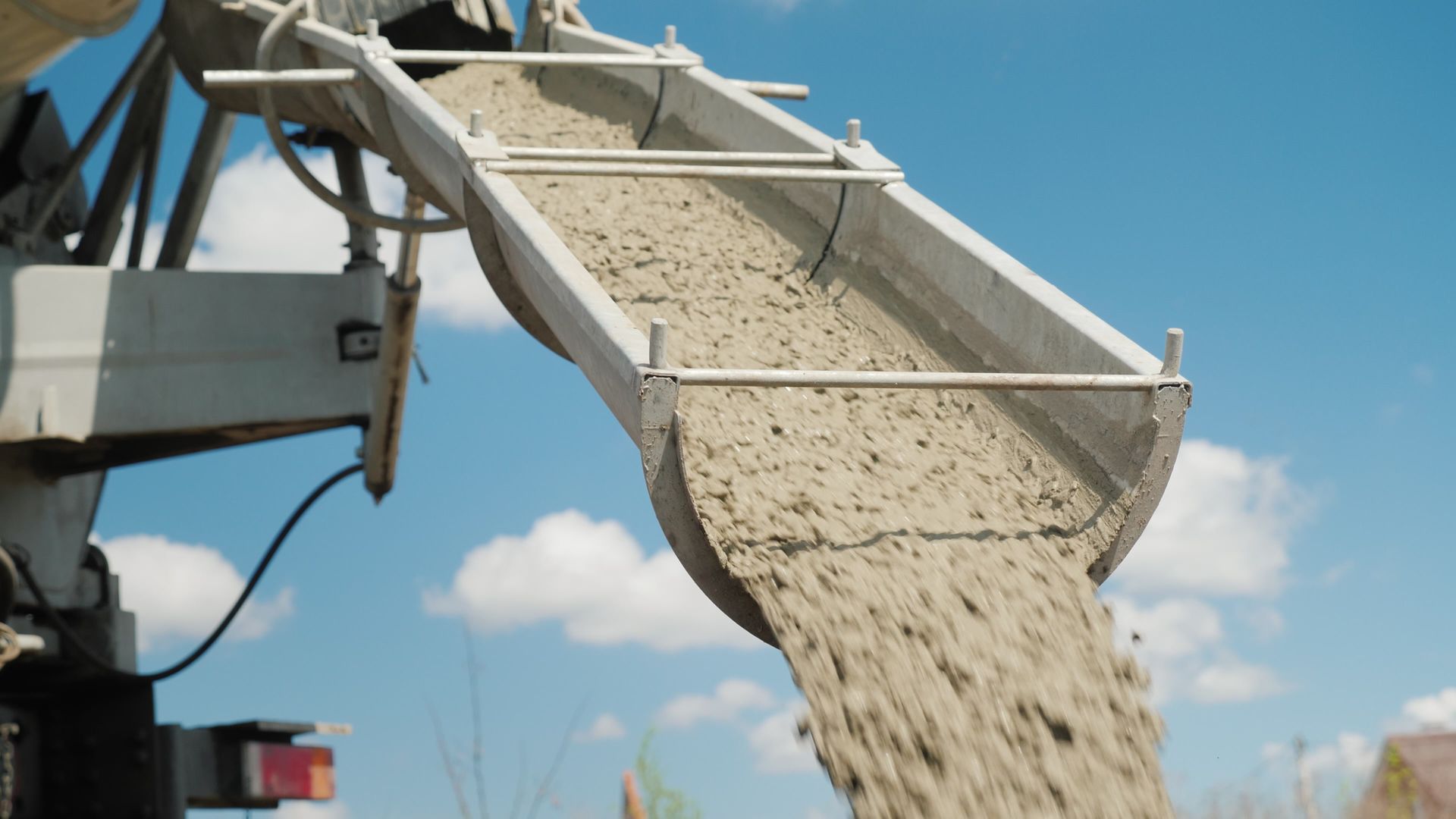Preparing Construction Sites for Ready Mix Concrete Delivery
Preparing Construction Sites for Ready Mix Concrete Delivery
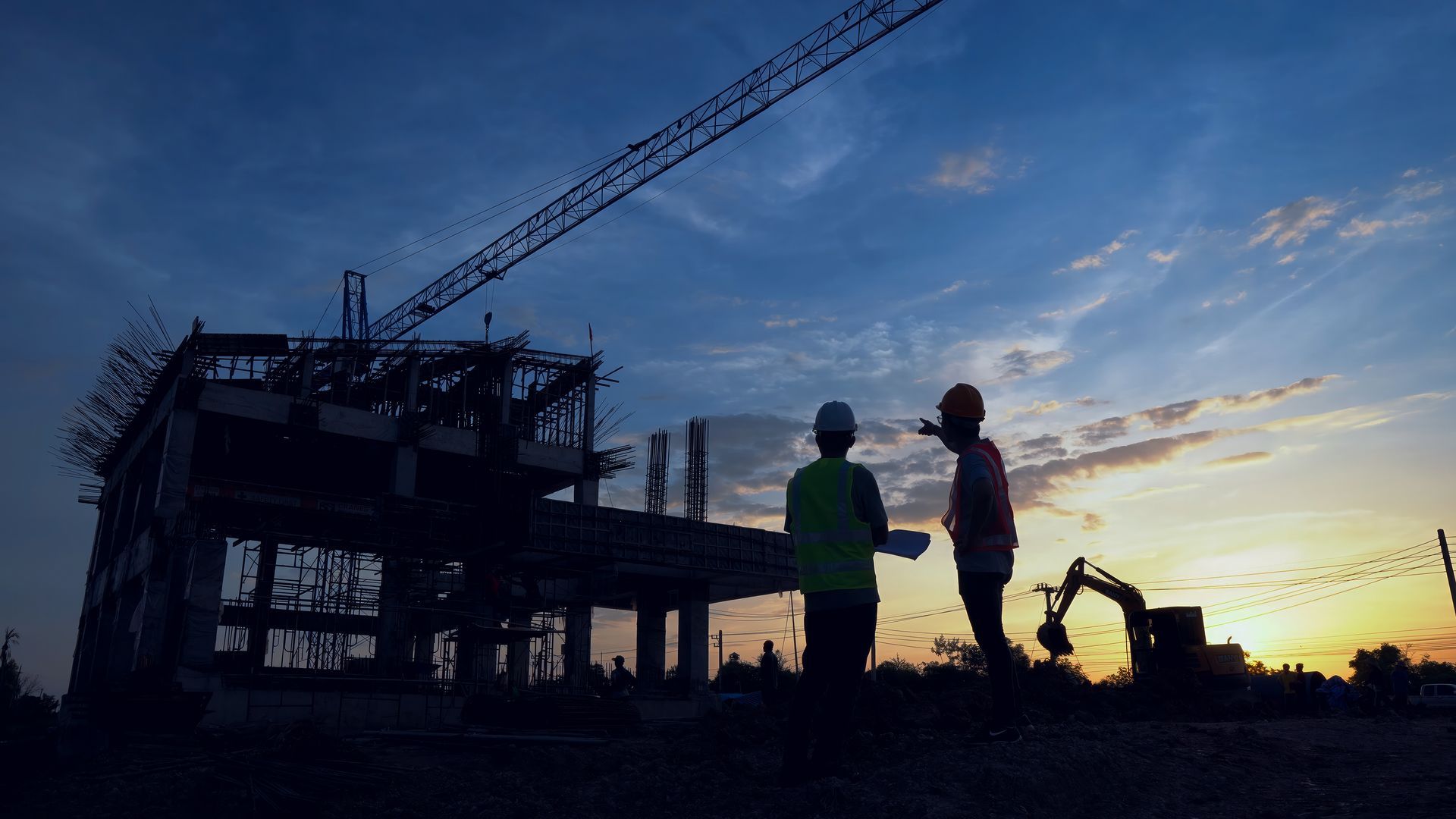
When planning a construction project, ensuring that your site is ready for a smooth and efficient delivery of ready-mix concrete can save you time, reduce costs, and improve the quality of your finished work. Whether you're pouring a foundation, creating a driveway, or building structural walls, proper site preparation is essential to ensure the concrete arrives and is poured with minimal disruption. Here’s a step-by-step guide to preparing your construction site for ready mix concrete delivery.
1. Site Assessment and Planning
The first step in any successful project is thorough planning. Consider the layout, surrounding environment, and any potential obstacles that may interfere with the delivery process.
- Access Routes: Ensure that trucks have a clear path to access the site. If possible, walk the route and check for any low-hanging tree branches, power lines, or tight corners that could hinder access.
- Truck Weight and Size: Ready mix trucks are heavy and require a stable surface. Confirm that access roads and paths can handle the truck's weight without risk of sinking, tipping, or damaging the ground.
- Check Weather Conditions: Rain or freezing temperatures can impact both the delivery process and the quality of the concrete. If there’s inclement weather in the forecast, communicate with your supplier to discuss potential adjustments or delays.
2. Prepare the Pouring Area
The pouring area needs to be carefully prepared to receive the concrete.
- Level the Surface: Make sure the area where concrete will be poured is level, stable, and free of debris. Any loose rocks, roots, or debris could compromise the strength of the pour.
- Formwork Setup: Install formwork to create a boundary for the pour. Ensure that all forms are secured properly and can handle the weight and pressure of the concrete. Double-check measurements and angles, as any shift can lead to an uneven pour.
- Check for Proper Drainage: For outdoor projects, make sure water can drain away from the site properly. Any standing water can impact concrete curing, leading to potential cracking or weakness in the structure.
3. Organize the Necessary Tools and Equipment
Having all required tools and equipment on hand will keep the process running smoothly.
- Vibrators and Screeds: Ensure you have vibrators to remove air pockets from the concrete, as well as screeds for leveling the surface once poured.
- Finishing Tools: Concrete trowels, brushes, and other finishing tools should be available to achieve the desired surface texture and finish.
- Safety Gear: Provide all team members with proper safety equipment, including gloves, goggles, and protective footwear.
4. Coordinate with Your Ready Mix Supplier
Good communication with your concrete supplier is crucial to a successful delivery.
- Set the Schedule: Confirm the delivery time and expected duration of the pour, and communicate any site-specific instructions to the delivery team. Be sure everyone understands the plan to avoid delays.
- Specify Mix Requirements: Discuss the concrete mix specifications with your supplier to ensure it meets project needs. Different mixes have different curing times, strengths, and finishes, so confirming the right blend is essential.
- Confirm Truck Washout Area: Arrange a designated washout area where the trucks can clean out their mixers after the pour. This should be a contained spot away from drainage systems or environmentally sensitive areas.
5. Ensure On-Site Safety
Concrete pouring involves heavy equipment and materials, so maintaining a safe environment is vital.
- Restrict Access: Limit site access to essential personnel only, especially near the pouring area, to prevent accidents.
- Establish Communication Protocols: Make sure all team members are aware of hand signals or radios used to communicate with the driver during the pour.
- Emergency Preparedness: Have an emergency plan in place, including first aid supplies and knowledge of local emergency contacts, in case of any accidents.
6. Post-Pour Considerations
Once the concrete is poured, take a few additional steps to protect the curing process and ensure a solid finish.
- Curing Process: Concrete needs to cure properly to reach its full strength. Keep the surface moist if necessary, and consider using curing compounds or blankets if temperatures fluctuate significantly.
- Inspect for Quality: After the initial set, inspect the pour for consistency, cracks, or air bubbles. Address any issues early to prevent structural problems down the line.
- Site Clean-Up: Remove formwork at the appropriate time (usually 24–48 hours post-pour), clean up debris, and clear the washout area for a clean, safe site.
Properly preparing your construction site for ready mix concrete delivery can make a substantial difference in both the quality and efficiency of your project. By taking the time to assess site conditions, organize tools, communicate with your supplier, and prioritize safety, you’ll be setting yourself up for a successful concrete pour and a strong, long-lasting structure.
